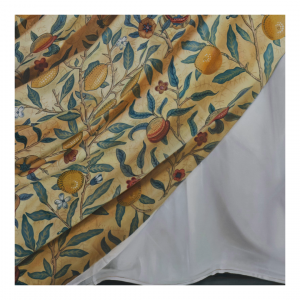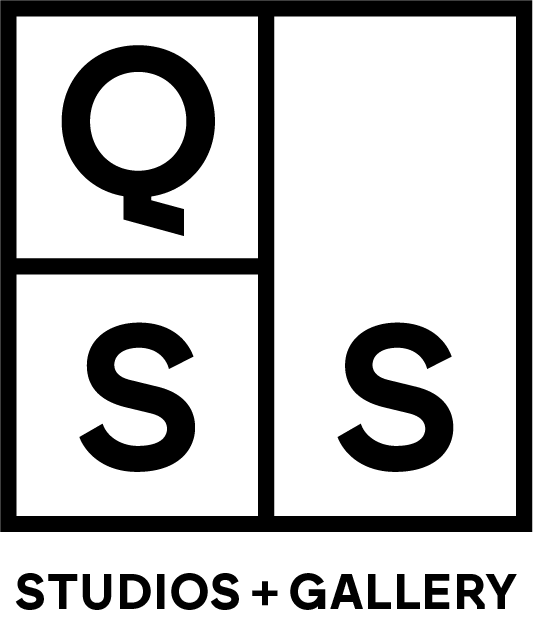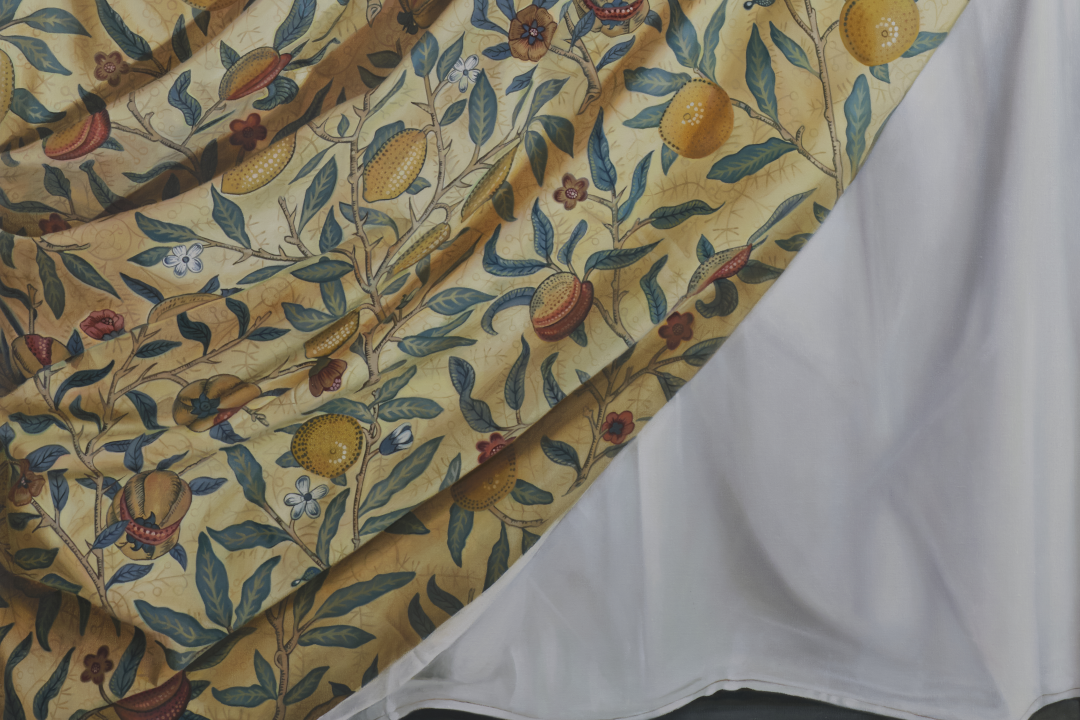Collective and individual activism, political protest, and artistic labour are subjects that lie at the heart of Other Ghosts, opening on Friday, 3rd May from 7-9pm at Ormston House in Limerick.
Featuring work by Ursula Burke and QSS studio artists Joy Gerrard and Jennifer Trouton, showing together at Ormston House for the first time, each employs different methods and media to produce work that is unified by several key preoccupations and concerns. Collective and individual activism, political protest, and artistic labour are subjects that lie at the heart of their output. Other Ghosts directly and indirectly addresses issues that are felt more acutely by women: gender-based violence, access to healthcare, and representation in public office. The exhibition will open Friday, 3 May from 7–9pm and run from 4 May to 29 June.

The title of this exhibition is a reference to the ‘Ghost’ leaflets circulated by the Republican women’s organisation Cumann na mBan throughout Dublin between 1927 and 1931. Thousands of one-page leaflets were disseminated and simply signed with the eponym “Ghosts”. As the initial optimism of the revolutionary period faded, Ireland crystallised into a theocracy in which women were marginalised and subjugated. Caoilfhionn Ní Bheacáin writes the “Cumann na mBan understood themselves as ghostly revenants in the public life of the new Free State”¹.
Joy Gerrard takes an aerial view of protest crowds from recent moments of significant collective action. A monochromatic palette is applied in these paintings, in which the sheer scale of the gathering depicted is made apparent in relation to surrounding architectural edifices. The pieces in this exhibition depict protests pertaining to women’s rights and freedoms. Barrier, a free-standing painted panel screen, is an aerial view of the London protest that followed the vigil for Sarah Everard, who was murdered by a Metropolitan Police constable in March 2021. Other work includes ink drawings depicting the Women’s Strike protests against right-wing governmental ruling against abortion in Poland. In a new series of ink drawings from this year, Gerrard isolates Palestinian flags used in demonstrations that occurred in Belfast and at Shannon Airport.
Ursula Burke’s treatment of crowd images contrasts to that of Gerrard. The Politicians is a series of works, produced between 2016 and 2023, in which scenes from parliaments across the world are painstakingly embroidered. These found documentary images expose the collapse of political process, when efforts at ‘civilised’ debate descend into physical melees. Predominantly male figures wrestle, throw chairs, and draw blood, evoking the dramatic nature of Baroque tapestries. Threads spill from each frieze, suggesting an unravelling of the social and political fabric. The Politicians was first exhibited at Ormston House for Burke’s solo exhibition Vestiges in 2016. At that time the work consisted of only four pieces. Now, eight years later, they return, accompanied by six additional pieces produced in the interim.
While Burke looks to Baroque art for her sources, Jennifer Trouton draws from Neoclassical painting. The Last Supper and Original Sin are still lifes of ostensibly unassuming domestic scenes. However, these two large-scale oils on linen are the culmination of prolonged research into the Church and State’s suppression of reproductive rights on the island of Ireland. Each image is coded with symbolism: fruit split open to reveal flesh-like interiors, a table set with everyday household items such as soap and washing powder. These objects are set before meticulously painted backdrops of floral and plant-patterned fabrics. While one design originates with William Morris, the other is the artist’s own creation: based upon the plants used in an abortifacient recipe by Trota of Salerno, a twelfth-century gynaecologist and pioneer of women’s health.
Much has evolved – both nationally and internationally – since Cumann na mBan published their Ghost pamphlets just under a century ago. Undoubtedly there have been numerous positive advances achieved through generations of determined effort and activism². In the context of Ireland, this is particularly notable in movements led by and for women, as evidenced by the referenda on divorce and abortion in recent years. However, as the artists in Other Ghosts highlight, barriers, obstacles, and hierarchies continue to shape our socio-political and cultural landscape³. The three artists in Other Ghosts give representation to and immortalise various forms of opposition and protest and highlight how they can take place on the streets but also in the studio or in home. They invite us to recognise the continued potential of visual art – and the cultural sphere – as a catalyst for discourse and change.
¹Caoilfhionn Ní Bheacáin, ‘Seeing Ghosts: Gothic Discourses and State Formation’, Éire-Ireland 47 3/4 (Fall/Winter 2012) page 38. ²However, Mother and Baby Homes remained operational until 1998, access to (limited) abortion services have only been available since 2018, the Cervical Check scandal came to light in 2018, and in 2024, women only make up 23.1% of Dáil Eireann.³This has particular resonance in the context of Limerick. Since the foundation of the State, Limerick (city and county) has only had two women TDs, Kate O’Callaghan (1921–1923) and Jan O’Sullivan (1998–2020). From the results of the most recent referendum, the wording of a woman’s place in the home in the Irish Constitution has not changed.
A series of events reflecting the themes drawn from the exhibition will take place throughout the duration of the exhibition.
Other Ghosts is curated by Niamh Brown and supported by the Arts Council of Ireland and Limerick City & County Council.

